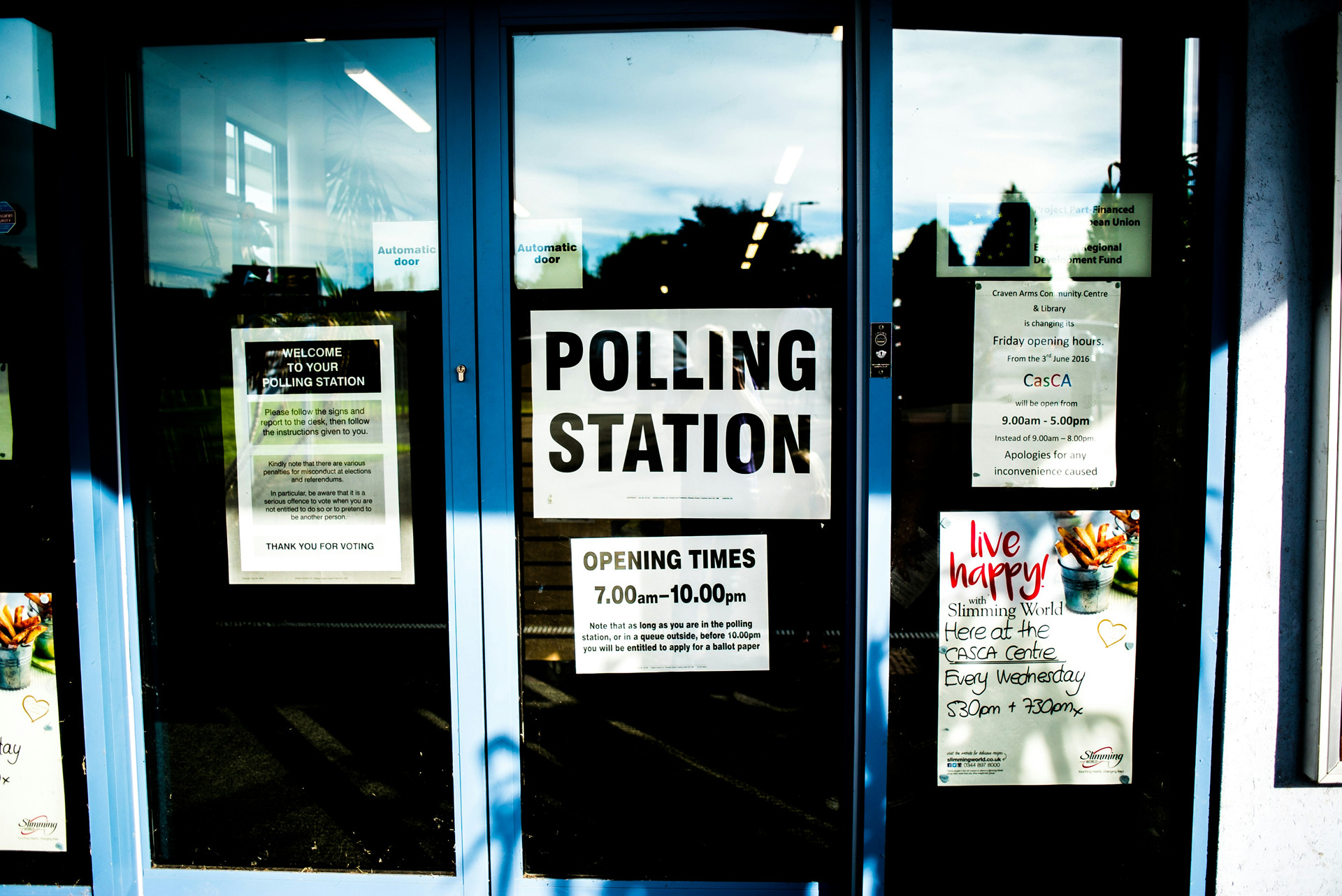
There’s going to be lots of noise, rushed judgements and hot takes that age badly on election night, but there are a few we can already see ahead of time that are worth challenging now.
The exit poll and early results
Firstly, when the exit poll drops, so may a few jaws. There are two broad scenarios that in my mind could play out:
- The exit poll points to a historically large Labour majority that, although many polls and seat models have pointed to, still feels difficult to comprehend. As I’ve said previously, “we’re all a bit guilty of assuming the Conservatives will avoid complete wipeout just because, well, they’re the Conservatives, even though the data tells us it could be bad.”
- The exit poll indicates the polls have been fundamentally wrong.
Needless to say, there is one that I’ve got a vested interest in it being.
We’ll then get the first set of results between 11:30pm and 12:30am. The swing in these rarely reveals much, due to how ‘safe’ a Labour seat they tend to be.
Labour’s vote has always been good in these early declarations, but we’re looking for efficiency this election – getting votes where they’re needed, and not piling up in safe seats like these (and like they did in 2017).
However, Reform UK in these early results will be interesting to note, given they had some good performances in the north east during the local elections.
The wards where Reform UK stood in May saw a much larger drop in Conservative support, and if that plays out across country, we may get an idea of how much trouble the Conservatives are in.
Cabinet big hitters and the rumour mill
There will be some interesting seats to look out for, namely Cabinet big hitters that would expect to be frontrunners for leader (assuming Sunak loses and sets out timetable for resigning).
I imagine it’ll be these seats where we see the most rumours from the count come from. Portsmouth North feels ripe for this.
I have no idea what fuelled it in May, but we saw lot of baseless rumours about Susan Hall winning the London Mayoral election, and I wonder if we’ll see similar again.
I’d also expect the rumour mill to be in overdrive in Bristol Central, Chingford and Woodford Green, Islington North and Clacton.
The strongest prediction I’ve got is that “Portillo Moment” will become the most incorrectly-and-over-used phrase of the night, mostly because there is no assumed heir to Sunak in the way Portillo was to Major.
If Labour’s majority is massive, but they lose some seats to the Greens, lose Islington North, and don’t beat the SNP in terms of Scottish seats, I could see some spin saying Labour have underperformed.
If this happens, it’d be the worst takeaway I’ve ever seen at a general election.
The Liberal Democrats may well be overlooked, and depending on Reform’s performance, the threshold which they need to win seats in Con-Lib races reduces. The fact Ed Davey’s chance of being Leader of the Opposition isn’t zero is astonishing, and if they can beat 2005’s seat total (62) you’d think they’d be very pleased.
The polling industry this campaign
There have been lots of polls, and lots more pollsters this election than in the four I’ve previously worked on, along with a better quality of polling commentary.
I think generally this has been a good thing, but obviously, the proof will be in the pudding.
However, the increase in number of MRPs makes me slightly uncomfortable, because they’re so open to misinterpretation (as is basically any form of modelling).
Differences in vote share by fractions of percentage points could make a big difference to seat outcomes, as many pollsters have already said.
Our own MRP, released two weeks ago, is based off 21 point Lab lead (with vote share on 44%).
I don’t think a single poll has shown Labour that high since, and many are now showing Labour leads in high teens rather than low 20’s. This would likely have an impact on our MRP figures, but not too much.
There is also some difference between the probabilistic seat counts in MRP models, and the ‘winner’ seat counts. Among the melee of MRPs, I think their success could be quite hard to judge, although no doubt there will be a rush to judge them from untrained eyes.
National vote share polling seems less sexy by comparison, but in my opinion that is what the industry’s success at this election should be judged on.
Irrespective of this, there will be some who attempt to frame the result as if polls have had a major influence on voter behaviour.
Nothing I have seen indicates that, and even the Conservative ‘supermajority’ narrative seems to be having some mixed cut-through.
Turnout and voter behaviour
Turnout discourse is often particularly poor. I think the topline won’t be much different from recent elections, with ‘voting for change’ broadly cancelling out disillusioned Tories who stay home.
It’s worth reiterating that voter expectation of the result is not what politicos think.
In summary, there isn’t anything in our research (including fundamentals, long-term trends or game changers) or anyone else’s, that suggests anything other than the Conservatives getting a proper pasting on Thursday.
The polling picture – despite what you may have heard – has been remarkably consistent in this regard. There are margins of error, and some disparity, but the industry knows what’s at stake.
Savanta’s Political Research Director Chris Hopkins runs us through his predictions for election results night and his reflections on the campaign.




